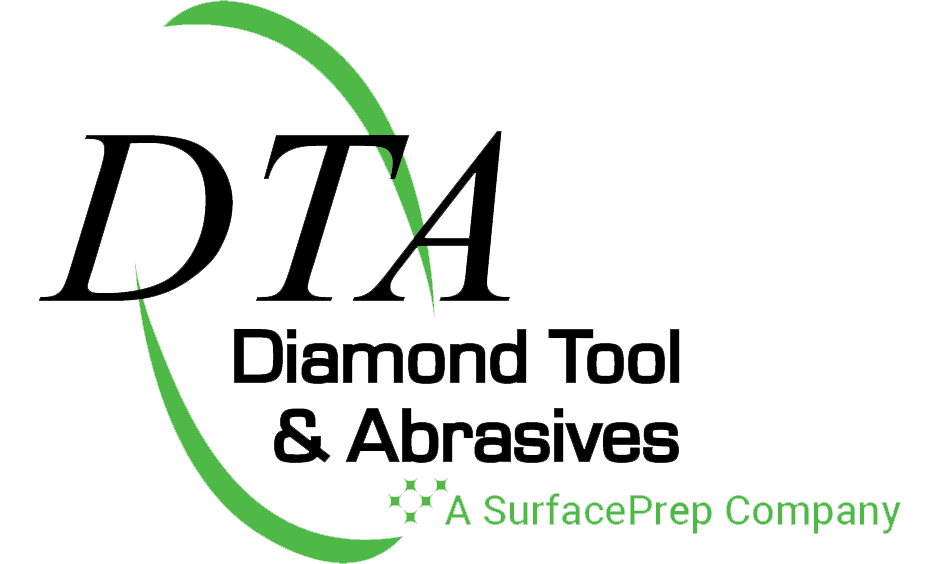Diamond Electroplated Superabrasive Wheels for use in Foundry Applications

A number of CNC grinders have been introduced into North America with the objective of finding a cost effective and efficient means for cleaning castings. Barinder, Vulcan Engineering, and Maus are examples. In addition, some foundries engineer their own robotic equipped grinders.
One commonality is that most of the equipment utilizes Superabrasive Electroplated and Vacuum Brazed Wheels as opposed to conventional abrasives.
So, what are Superabrasives?
Superabrsives are abrasive wheels and tools that include Diamond or Cubic Boron Nitride as the abrasive versus conventional abrasives such as Aluminum Oxide, Silicon Carbide or Ceramic Grain. While Superabrasive products are generally more expensive than conventional abrasives on successful applications the cost advantages can be dramatic.
So, what is Electroplating and Vacuum Braze?
Both Electroplating and Vacuum Braze are methods for affixing the superabrasive grain to the steel core of the grinding wheel. Electroplating mechanically holds the diamond to the core vs Vacuum Brazing creates a metallurgical bond between the superabrasive crystal and the steel core. While Vacuum Brazing offers more crystal exposure Electroplated superabrasives can be stripped once the wheel is worn out and the core can be re-plated. Both have their place in superabrasive applications for grinding iron castings in cleaning applications.
Superabrasives used in Foundry applications typically use very coarse grit Diamond and are generally manufactured in electroplated or vacuum brazed bonding systems.
Diamond wheels for foundry applications offer the following advantages:
� Up to 30 times the life of conventional abrasives
� Safety
� No loss of size, shape, or surface feet.
� In addition to cnc grinding machines superabrasives can be used on conventional portable grinders, snagging grinders and cut-off machines.

�
While diamond has a track record of successes it is not made for every foundry cleaning application. The following must be taken into consideration when deciding whether to invest the time money and effort into using superabrasives for grinding castings.
� Material �white iron, ductile iron, grey iron and bronze have had success in foundry applications steel generally loads and dulls the superabrasive wheel reducing life dramatically.
� Rigidity � Chop saw, CNC grinders, smaller snag grinders and specialized fixed spindle machinery have positive results. Swing frame grinders, and poorly maintained cut-off saws should be avoided. Manual Snag grinding outside of CNC success has been mixed. A number of sizeable ductile iron foundries have tooled up their snagging grinders only to abandon the project after about a year. The major problem continues to be with stock removal and pressure. Smaller gates have more success but if the area being ground is too large the operators become too tired to effectively remove the iron material. Cut-off � We still sell mostly vacuumed braze diamond cut off wheels.
� Portable superabrasives � small diamond wheels used on manual grinders (3� and 4� type 1 wheels) are great for light grinding on flash and cleaning out grooves etc. Generally, these wheels are vacuum braze and the used cores are disposed of once the wheel is worn out.
CNC grinding and Superabrasives used in foundry applications are here to stay due to their advantages in safety and production. Given these advantages it is still important to review each application as the cost for the CNC equipment can be expensive.

